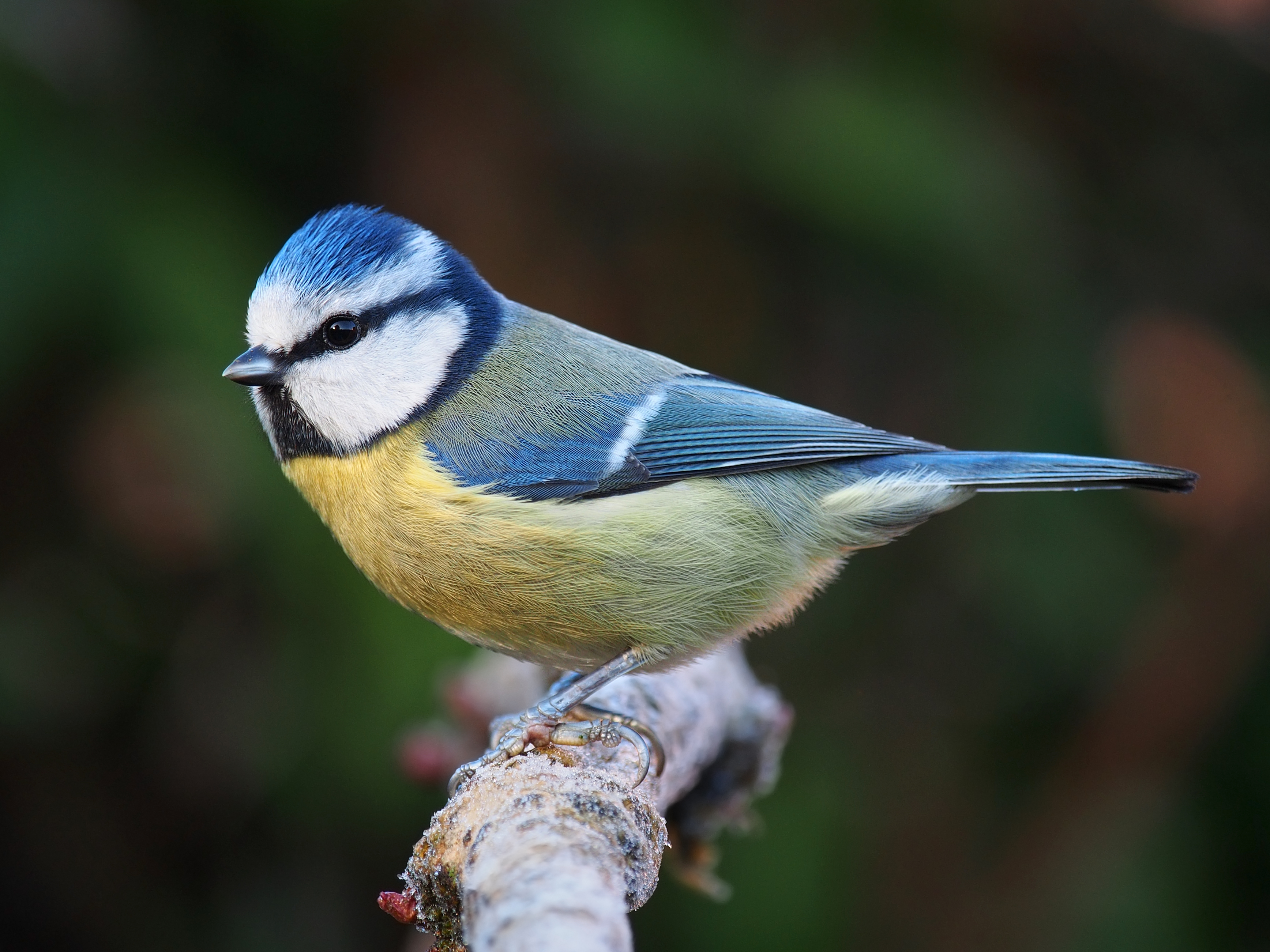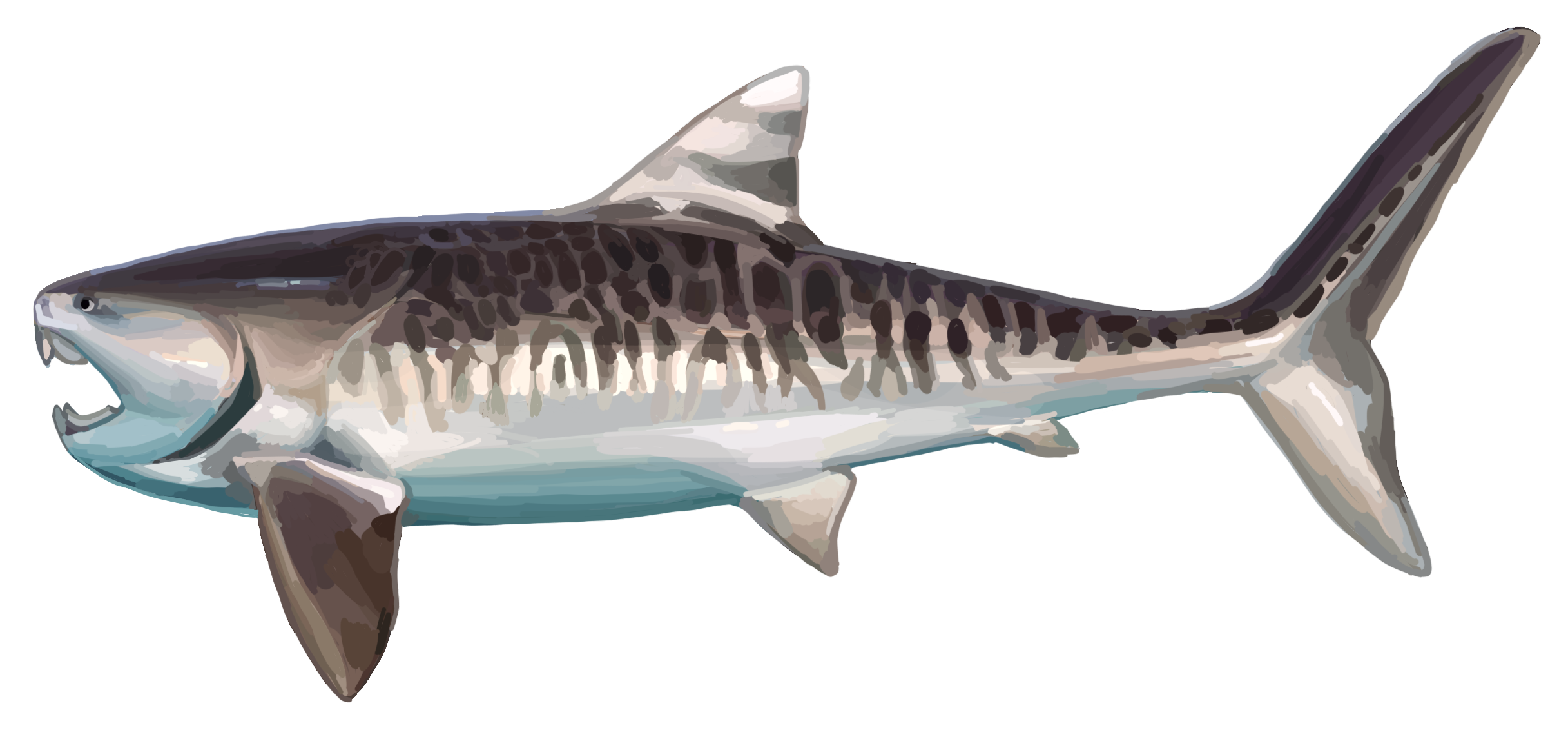|
Proeumicrotremus
''Proeumicrotremus soldatovi'', also known as Soldatov's lumpsucker, is a species of lumpfish native to the Northwest Pacific, and the only species in the genus ''Proeumicrotremus''. It is known from the Sea of Okhotsk, where it can be found at depths of 10 to 350 m (33 to 1148 ft). It reaches 26 cm (10.2 inches) in total length, making it larger than average for a lumpfish. It was previously considered a species of ''Eumicrotremus'' until a morphology-based revision in 2020 concluded that it represents the only known species of a distinct genus. As of January 1, 2022, FishBase erroneously places the genus ''Proeumicrotremus'' in the family Cyclopsettidae alongside several flatfish A flatfish is a member of the ray-finned demersal fish order Pleuronectiformes, also called the Heterosomata, sometimes classified as a suborder of Perciformes. In many species, both eyes lie on one side of the head, one or the other migratin ... genera, likely due to a typographical mistake. ... [...More Info...] [...Related Items...] OR: [Wikipedia] [Google] [Baidu] |
Cyclopteridae
The Cyclopteridae are a family of marine fishes, commonly known as lumpsuckers or lumpfish, in the order Scorpaeniformes. They are found in the cold waters of the Arctic, North Atlantic, and North Pacific oceans. The greatest number of species are found in the North Pacific. The family name ''Cyclopteridae'' derives from the Greek words ''κύκλος'' (kyklos), meaning "circle", and ''πτέρυξ'' (pteryx), meaning "wing" or "fin", in reference to the circle-shaped pectoral fins of most of the fish in this family. Description Lumpsuckers are named appropriately enough; their portly bodies are nearly spherical with generally drab coloration and lithic patterns. The "sucker" part refers to the fish's modified pelvic fins, which have evolved into adhesive discs (located ventrally, behind the pectoral fins); the fish use these discs to adhere to the substrate. Many species have bony, wart-like ''tubercles'' adorning the head and body; these are important taxonomic features of ... [...More Info...] [...Related Items...] OR: [Wikipedia] [Google] [Baidu] |
Eumicrotremus
''Eumicrotremus'' is a genus of lumpfishes native to the northern oceans. The name for this genus comes from the Greek roots ''eu'' meaning "good", ''mikros'' meaning "small" or "little", and ''trema'' meaning "hole". Species There are currently 16 recognized species in this genus (three additional species have been moved to '' Georgimarinus'', '' Microancathus'', and '' Proeumicrotremus'' and a species from '' Lethotremus'' has since been moved to this genus): * ''Eumicrotremus andriashevi'' Perminov, 1936 ** '' E. a. aculeatus'' Voskoboinikova & Nazarkin, 2015 (Andriashev's spicular-spiny pimpled lumpsucker) Voskoboinikova, O.S. & Nazarkin, M.V. (2015): Redescription of Andriashev’s spiny pimpled lumpsucker ''Eumicrotremus andriashevi'' and designation of a new subspecies ''E. andriashevi aculeatus'' ssp. n. (Cyclopteridae). ''Journal of Ichthyology, 55 (2): 155-161.'' ** '' E. a. andriashevi'' Perminov, 1936 (Andriashev's spiny pimpled lumpsucker) * ''Eumicrotremus aspe ... [...More Info...] [...Related Items...] OR: [Wikipedia] [Google] [Baidu] |
Species
In biology, a species is the basic unit of Taxonomy (biology), classification and a taxonomic rank of an organism, as well as a unit of biodiversity. A species is often defined as the largest group of organisms in which any two individuals of the appropriate sexes or mating types can reproduction, produce Fertility, fertile offspring, typically by sexual reproduction. Other ways of defining species include their karyotype, DNA sequence, morphology (biology), morphology, behaviour or ecological niche. In addition, paleontologists use the concept of the chronospecies since fossil reproduction cannot be examined. The most recent rigorous estimate for the total number of species of eukaryotes is between 8 and 8.7 million. However, only about 14% of these had been described by 2011. All species (except viruses) are given a binomial nomenclature, two-part name, a "binomial". The first part of a binomial is the genus to which the species belongs. The second part is called the specifi ... [...More Info...] [...Related Items...] OR: [Wikipedia] [Google] [Baidu] |
Northwest Pacific
The Pacific Ocean is the largest and deepest of Earth's five oceanic divisions. It extends from the Arctic Ocean in the north to the Southern Ocean (or, depending on definition, to Antarctica) in the south, and is bounded by the continents of Asia and Oceania in the west and the Americas in the east. At in area (as defined with a southern Antarctic border), this largest division of the World Ocean—and, in turn, the Hydrosphere, hydrosphere—covers about 46% of Earth's water surface and about 32% of its total surface area, larger than Earth's entire land area combined .Pacific Ocean . ''Encyclopædia Britannica, Britannica Concise.'' 2008: Encyclopædia Britannica, Inc. The centers of both the Land and water hemispheres, Water Hemisphere and the Western Hemisphere, as well as the Pole of inaccessibility#Oceanic pole of ina ... [...More Info...] [...Related Items...] OR: [Wikipedia] [Google] [Baidu] |
Sea Of Okhotsk
The Sea of Okhotsk ( rus, Охо́тское мо́ре, Ohótskoye móre ; ja, オホーツク海, Ohōtsuku-kai) is a marginal sea of the western Pacific Ocean. It is located between Russia's Kamchatka Peninsula on the east, the Kuril Islands on the southeast, Japan's island of Hokkaido on the south, the island of Sakhalin along the west, and a stretch of eastern Siberian coast along the west and north. The northeast corner is the Shelikhov Gulf. The sea is named after the Okhota river, which in turn named after the Even word () meaning "river". Geography The Sea of Okhotsk covers an area of , with a mean depth of and a maximum depth of . It is connected to the Sea of Japan on either side of Sakhalin: on the west through the Sakhalin Gulf and the Gulf of Tartary; on the south through the La Pérouse Strait. In winter, navigation on the Sea of Okhotsk is impeded by ice floes. Ice floes form due to the large amount of freshwater from the Amur River, lowering the sal ... [...More Info...] [...Related Items...] OR: [Wikipedia] [Google] [Baidu] |
FishBase
FishBase is a global species database of fish species (specifically finfish). It is the largest and most extensively accessed online database on adult finfish on the web.Marine Fellow: Rainer Froese ''Pew Environment Group''. Over time it has "evolved into a dynamic and versatile ecological tool" that is widely cited in scholarly publications. FishBase provides comprehensive species data, including information on taxonomy, geographical distribution, biometrics and morphology, behaviour and habitats, e ... [...More Info...] [...Related Items...] OR: [Wikipedia] [Google] [Baidu] |
Flatfish
A flatfish is a member of the ray-finned demersal fish order Pleuronectiformes, also called the Heterosomata, sometimes classified as a suborder of Perciformes. In many species, both eyes lie on one side of the head, one or the other migrating through or around the head during development. Some species face their left sides upward, some face their right sides upward, and others face either side upward. Many important food fish are in this order, including the flounders, soles, turbot, plaice, and halibut. Some flatfish can camouflage themselves on the ocean floor. Taxonomy Over 800 described species are placed into 16 families. Broadly, the flatfishes are divided into two suborders, Psettodoidei and Pleuronectoidei, with > 99% of the species diversity found within the Pleuronectoidei. The largest families are Soleidae, Bothidae and Cynoglossidae with more than 150 species each. There also exist two monotypic families ( Paralichthodidae and Oncopteridae). Some families ... [...More Info...] [...Related Items...] OR: [Wikipedia] [Google] [Baidu] |
Fish Of The North Pacific
Fish are aquatic, craniate, gill-bearing animals that lack limbs with digits. Included in this definition are the living hagfish, lampreys, and cartilaginous and bony fish as well as various extinct related groups. Approximately 95% of living fish species are ray-finned fish, belonging to the class Actinopterygii, with around 99% of those being teleosts. The earliest organisms that can be classified as fish were soft-bodied chordates that first appeared during the Cambrian period. Although they lacked a true spine, they possessed notochords which allowed them to be more agile than their invertebrate counterparts. Fish would continue to evolve through the Paleozoic era, diversifying into a wide variety of forms. Many fish of the Paleozoic developed external armor that protected them from predators. The first fish with jaws appeared in the Silurian period, after which many (such as sharks) became formidable marine predators rather than just the prey of arthropods. Most fis ... [...More Info...] [...Related Items...] OR: [Wikipedia] [Google] [Baidu] |


.jpg)


